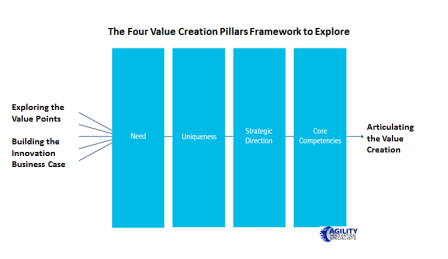What we need is to recognize is the real “nesting effect” from all of our capitals. Each of our capitals performs a particular function and the overhaul make-up of their understanding becomes our eventual code to perform innovation.
Each organizations uses it mix of capitals to accomplish and generate innovation. It is in this mixture of combinations brought together constantly in different ways , this ‘nested effect’ that innovation occurs. The capital you ‘bring to bare’ will generate the innovation outcome or does highlights the gaps and gives real clues on where it is repeatedly falling down.
Organizations can often miss the power to consistently tap into all the potential that ‘resides’ or could be added to make innovation happen. It is the unique set of capitals that offers the real potential to set each organization apart from others, it gives them the wealth-generating potential, their uniqueness and ‘chance’ to be seen as future value.
Leverage our learning capitals becomes essential
The more we strengthen our knowledge and value our people, the more we can generate new knowledge, build greater narratives, deepen discussions, make better connections and build our interactions out across growing communities. The more we discover, the more knowledge we gain and this leads up to determine a potentially better decision-making that should, in theory, give greater confidence that our invested financial capital is in ‘good hands’.
The power lies in the linkages we can forge, in acquisition, in assimilation and then into eventual transformation that allows known knowledge to become new wealth-generating innovation.
We need to know where our value creation resides – it is nested in our organizations.
By recognizing our ‘stock’ and knowledge through exploring and investing in our group of capitals we have that greater chance of value-creation. All here, reading this blog will agree, we need to move away from the bias of one capital, financial, it is not the dominating one in today’s world, it is our knowledge generating capital. It is those living capitals that can combine and ‘capture’ the true evolving story of creating new innovation that grows our organizations.
It is the combinations of all our capitals that allows those 'new to the world' innovations to fire up our imaginations and make them combustible, often becoming overnight sensations and runaway successes.

